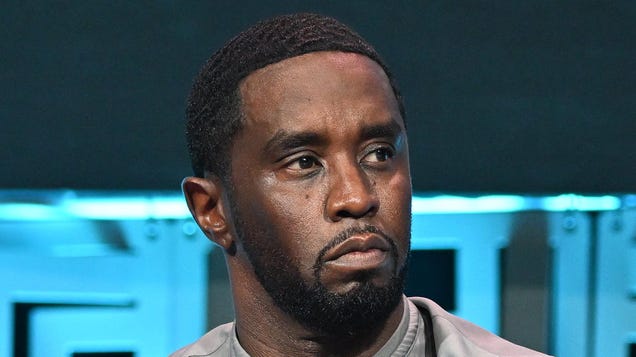Redefining beauty is no runway show. It’s a strut against decades of racial biases, a saunter into the industry’s casting rooms with a mission beyond aesthetics. We're talking about a revolution brought about by those who dared to be fashionably audacious—Black models. Read on if you're ready for a vibe check, a beauty check, and an ambition check, all wrapped in one.
It's no secret that fashion—this glamorous world of stitch and strut—has long been dominated by one standard of beauty: one that's thin, tall, and predominantly white. But let's face it; fashion isn't just about clothes. It's about storytelling. It's about breaking barriers. Most importantly, it's about real people. So, let's rip apart this narrow tapestry of beauty and weave in the kaleidoscopic narrative that Black models bring to the runway.
Want something unexpected? Here it is: In this industry, Black models aren't merely trendsetters; they're gatekeepers of a new ethic, heralds of a shift in social consciousness. Naomi Campbell isn't just a supermodel; she's a super force of change. Tyra Banks isn't just "smizing"; she's electrifying an audience to see beauty beyond color lines. These women have made it their daily habit to redefine beauty standards—one runway, one photoshoot, one "smize" at a time.
And before you sip your morning coffee or swipe your LinkedIn feed, make it a habit to search for these trailblazers, these innovators of aesthetic, and share their work, their narratives, their stories. Make this your new routine, and trust me, the impact of Black models in fashion will be more than lingering; it will be transformative.
Hold onto your seats because we're about to spark some high-arousal emotions like excitement and awe. Imagine a world where every runway, every magazine, and every advert celebrates a spectrum of skin tones. Imagine Black models not just as supporting roles in a season's narrative but as the heroes of an industry's evolution. I’m talking about Beverly Johnson gracing the cover of Vogue; Alek Wek owning her deep skin tone and redefining elegance; Adut Akech becoming Model of the Year and offering us an entire mood board of courage and resilience. Feels invigorating, right? That’s the power of representation; that’s the power of shattering the glass ceiling, or in this case, the glass runway.
To wrap it up, Black models are doing far more than just bringing diversity to the runway. They are redefining the very concept of beauty, diversifying an industry stuck in its ways, and spearheading a revolution in social consciousness. They're setting the rhythm, writing the lyrics, and singing the melody of a new anthem—an anthem of inclusivity, representation, and undying ambition.


